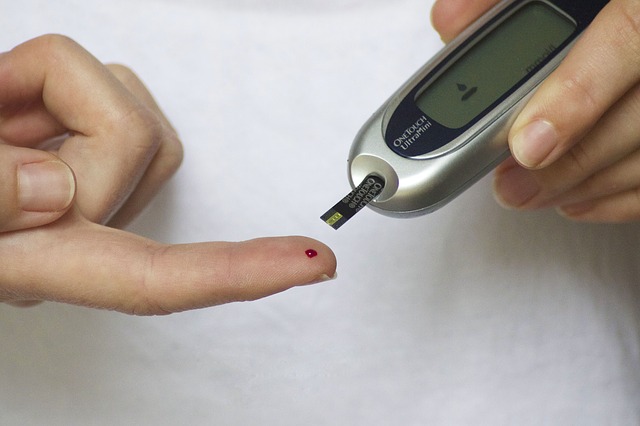Checklist with Tips

For Patients
Here’s a quick guide for keeping a daily check on diabetes by patients/family and caregivers.
Self-help is the best help and we are with you.
- Check blood sugar levels as often as recommended by your doctor. By checking your blood glucose level, you can know how food, physical activity and medicine affect your blood glucose.
- Inspect your feet daily for cuts, injuries, blisters, infection and changes in skin pigmentation.
- Inspect your mouth, teeth and gums. People living with diabetes often are prone to periodontal gum diseases, doctors’ advice brushing twice daily and flossing once in a week.
- Check for infection, cuts, blisters, or colour changes all over the body including your underarms, groin area, area between toes, etc.
- As you may be already aware, people with diabetes must avoid hot water baths as hot baths often lead to wrinkling and blisters in skin.
- Keep your supplies close: Make an attractive kit bag and keep all the necessary medications and food items within your reach. Replenish the kit daily to keep your energy elevated, and blood glucose levels normal.
- Last but not the least take your medications on time and at least exercise or walk for a minimum 45 minutes daily to regulate blood glucose levels.
For the Caregiver
- Blood sugar check – Check or gently remind them about the blood sugar check as per doctor’s recommendation
- Keep a record – keeping a daily record of his/her blood glucose readings, medicine schedule, exercise, meals, and how the person feels helps in managing diabetes.
- Check the colour of the person’s legs and feet – check for signs such as swelling, warmth, redness, or pain. These may be signs of an infection so see a doctor right away as recommended by Joslin Diabetes Center.
- Check the temperature – Cleveland clinic recommends you, to check the temperature of the water your patient is going to take a bath. Water should be just warm (not hot). Encourage usage of only mild soap such as glycerine soaps to prevent wrinkling and cutting of skin tissues.
- Check on hydration – Drinking lots of fluids — like water, juices, caffeine-free and sugar-free drinks are very important to keeping them hydrated. So we recommend you, just try to keep reminding them.
- Check their diet plan – Encourage them to eat small but frequent meals, If they are not following, try to encourage them to change their diet, we suggest you to eat the same food as them and encourage by following their diet.
- Check the way they exercise – Offer to exercise with him or her to motivate them. Let them decide what they like most outside or indoor exercises always check with the doctor before starting any regime.
- Check on their Oral hygiene – As we know, that a person with diabetes is more likely to have mouth related problems. We suggest them to brush with a soft-bristled brush after every meal, and floss at least once a week.
To read more on Diabetes, click on the link below.



